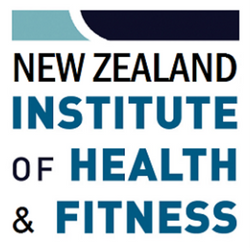Energy balance in heath and fitness usually refers to the calories in vs calories out equation. It refers to the relationship between how many calories you consume vs how many calories you burn.
If you were to eat more calories than you expend, you would be in a positive calorie balance, also referred to as a calorie surplus and generally fat storage would occur. If you ate less calories than you expended throughout the day, you would be in a negative calorie balance or the all-famous “calorie deficit”. This is where fat loss usually occurs. If you ate the exact same calories as what you expended throughout the day, you would have an even calorie balance or would be eating at maintenance calories and you would expect body mass to remain the same.
Why is understanding energy balance important?
It is this understanding of energy balance that will help you achieve the body composition you desire. Body composition is just a slightly fancy way of talking about how much body fat and muscle is on your body. It’s also a great way to have conversations around nutrition and exercise that can apply to people whether they want to lose fat, gain muscle or do both. As a trainer I strongly believe there’s too much emphasis on fat loss in the industry. While generally there’s nothing wrong with wanting to lose fat for most people, turning our focus to gaining muscle often tends to lead to healthier mindsets around eating and training that don’t result in extreme calorie deficits and/or obsessive behaviours.
Having a good basic understanding of energy balance is key to being able to self-regulate our eating and exercise in order to achieve the body composition we want – whether that be via losing fat, gaining fat and/or muscle.
Practical Applications of Understanding Energy Balance
Goal – increase strength, performance or muscle mass
In general terms, in order to gain strength and/or muscle size we need to make sure we’re providing enough fuel in the form of calories to our muscles for them to repair and grow back stronger after each workout. In order to do that it’s easier to aim for a positive energy balance – that is to eat slightly more calories than we might normally need.
If you find yourself training extra hard for a few days or end up being a little more active than usual during a particular week, you might think about further increasing your calorie intake to make up for the extra exercise to make sure your muscle still have enough fuel to repair and recover. If not, your recovery may take a hit and this may slow your progress. Understanding energy balance allows you make these adjustments on the fly based on what you individually have been doing.
Goal – decrease body fat
Again speaking in general terms here, you’ll need to maintain a calorie deficit in order to burn excess body fat. Understanding energy balance and paying close attention to any changes in workout intensity can allow you to self-regulate your eating in order to remain at a similar calorie deficit and still see progress, despite the change in workout intensity throughout the week.
So there you go – a quick little intro into energy balance, why it’s important and some practical examples of how you can use this understanding to adjust your diet in order to maintain progress despite changes to your training intensity or frequency.







